With the launch of the new Puget Systems 17″ laptop, there are a lot of performance questions we want to address. Today, we will be examining the performance of this new mobile workstation compared to a more traditional desktop.
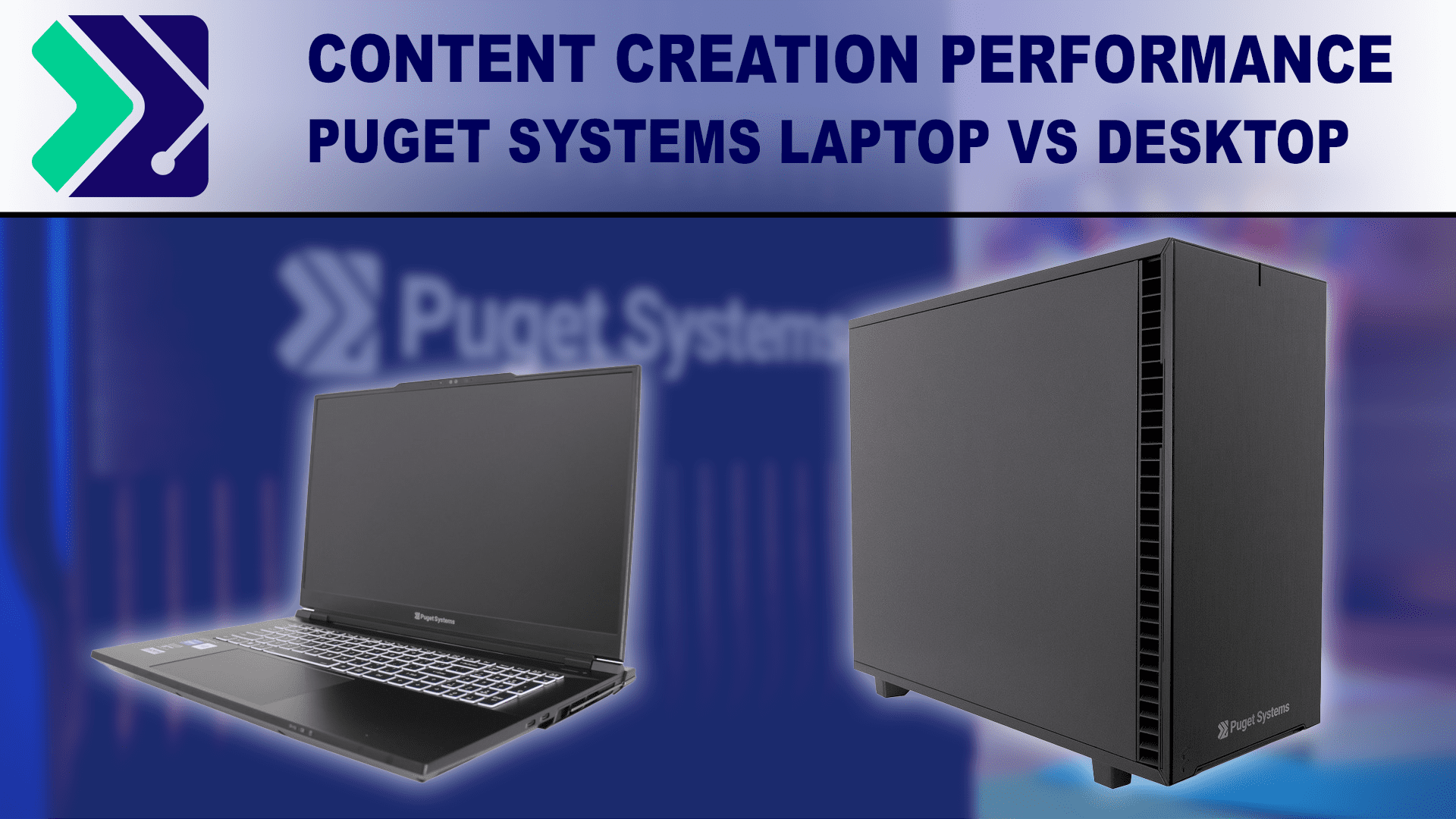

With the launch of the new Puget Systems 17″ laptop, there are a lot of performance questions we want to address. Today, we will be examining the performance of this new mobile workstation compared to a more traditional desktop.
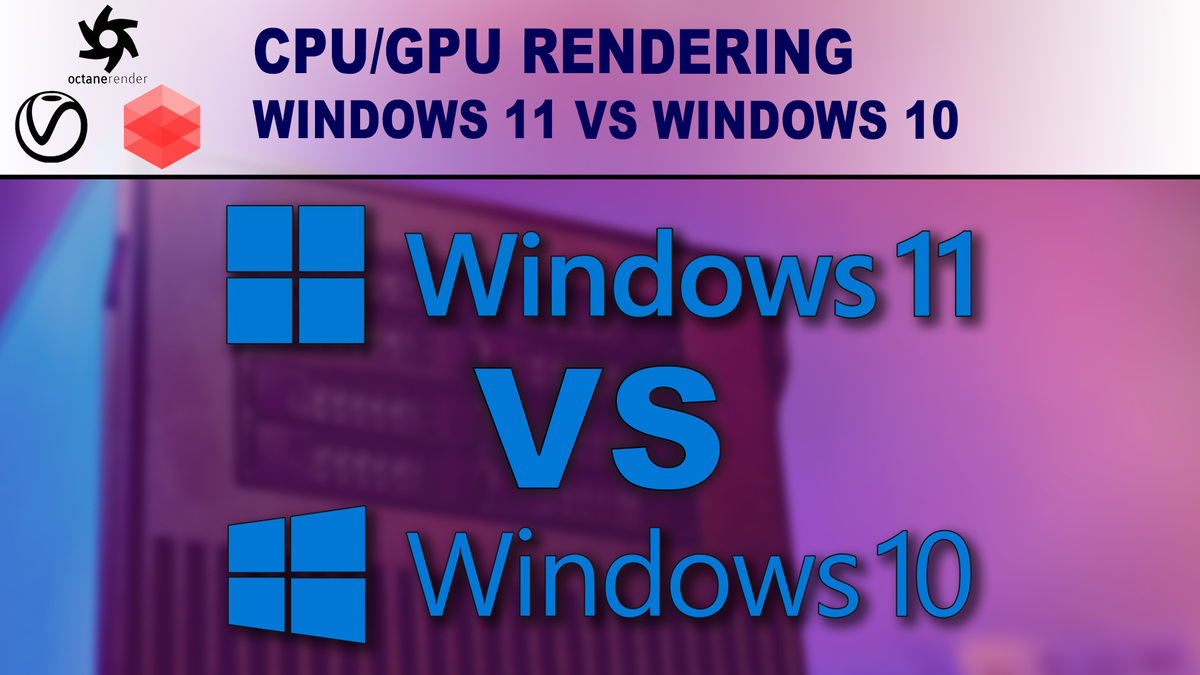
Windows 11 is finally here, however, many popular rendering applications like Redshift and V_ray have not officially offered support for the new OS. So what kind of performance could be expected as of the launch of Windows 11?
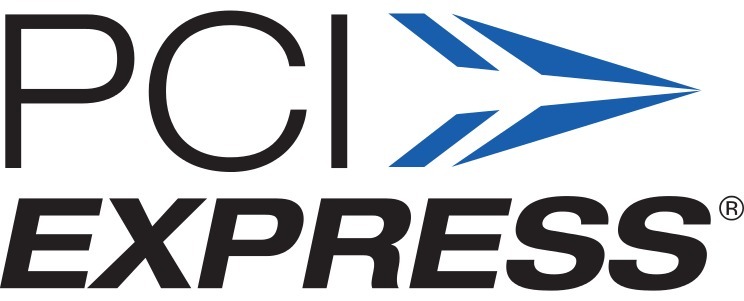
PCI-Express has been the standard for connecting video cards and other expansion devices inside of computers for many years now, and several generations of the technology have now passed. With each of those generations, the amount of data that can be transferred over the PCIe connection has increased. How much impact does that have on modern video cards? Is there any benefit to running a PCIe 3.0 card in a 4.0 slot, or loss if using a 4.0 card in a 3.0 slot?
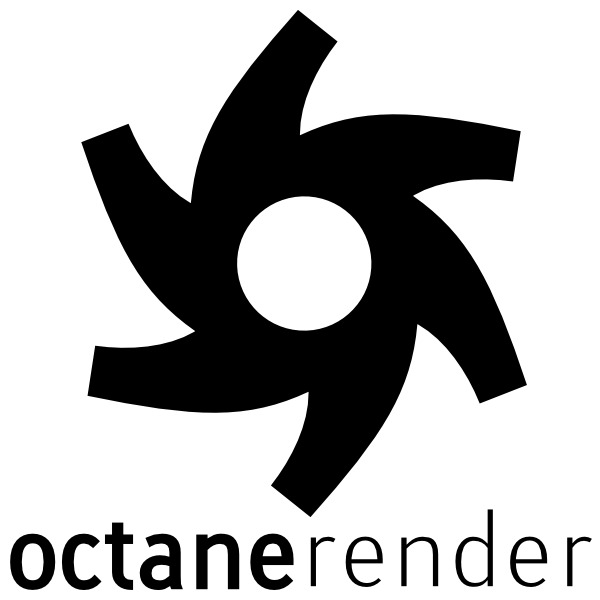
Now that OctaneRender has been updated to support the Volta GPU architecture, how well does its performance scale when using multiple Titan Vs? And how does that compare to other popular rendering cards like the GeForce GTX 1080 Ti?
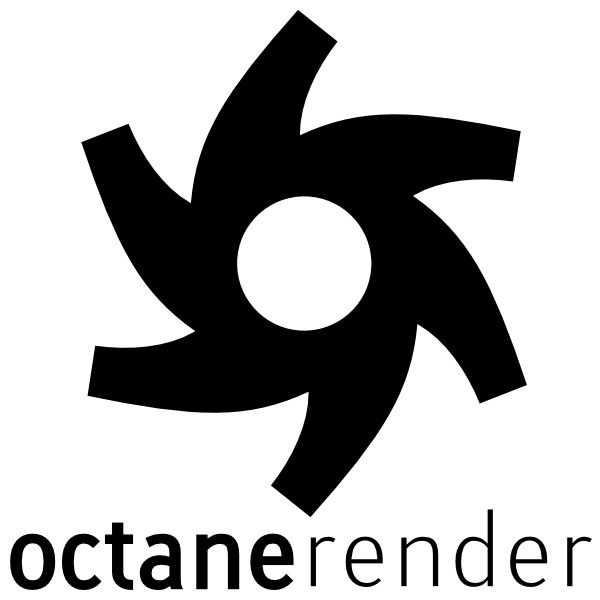
As of version 3.08, the Volta GPU architecture is now supported in OctaneRender. How does it stack up compared to other Titan and GeForce series graphics cards – in terms of both performance and value?
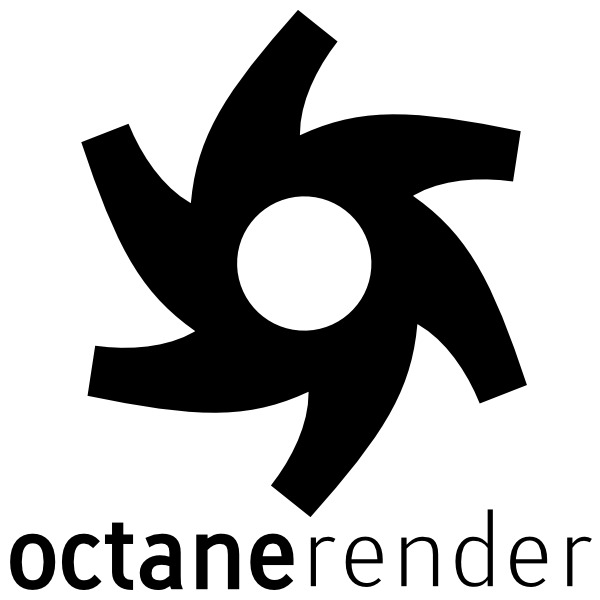
OctaneRender is a GPU-based rendering engine, so the bulk of the processing it does is carried out on the video cards in a system. Different processors and motherboards can impact the number of cards that can fit in a single system, but do they matter beyond that? Does the CPU itself have any impact on rendering speed/performance?
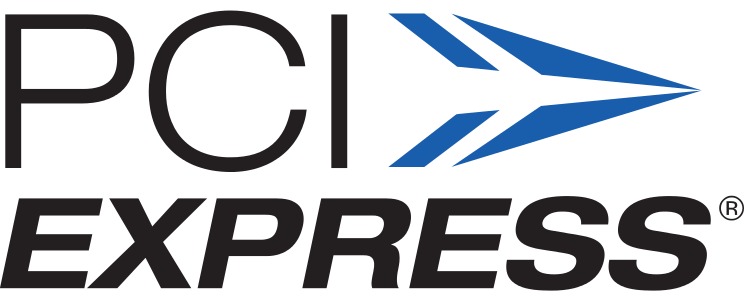
Benchmark results demonstrating that PCI-Express x8 vs x16 speeds don’t impact GPU rendering performance.
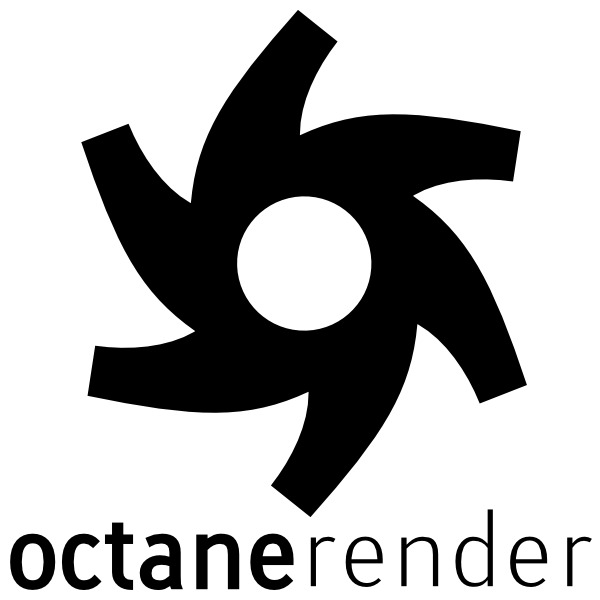
This article looks at several motherboard chipsets, including X299 and X399, comparing how well they handle performance scaling across multiple GPUs in OctaneBench 3.06.2.